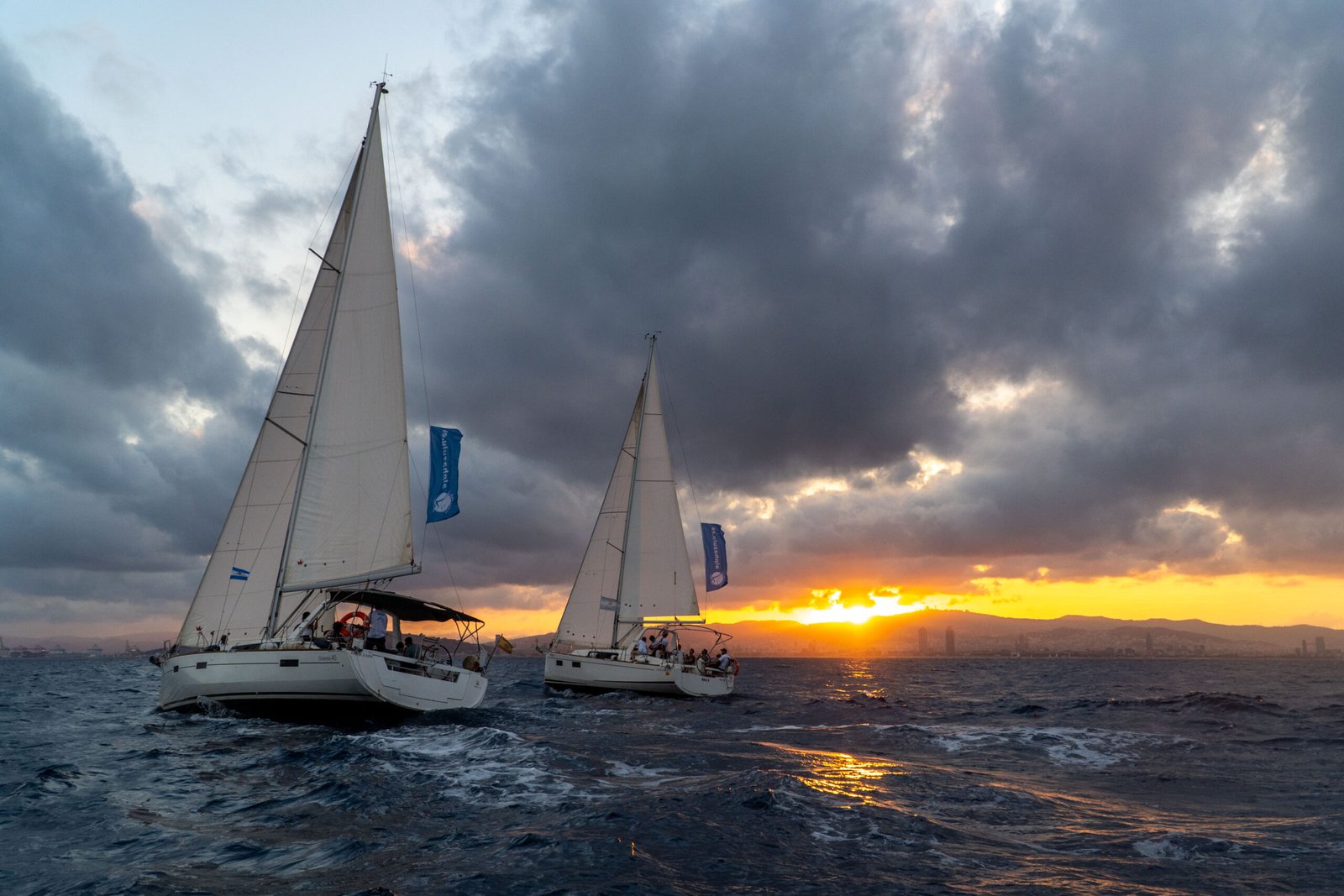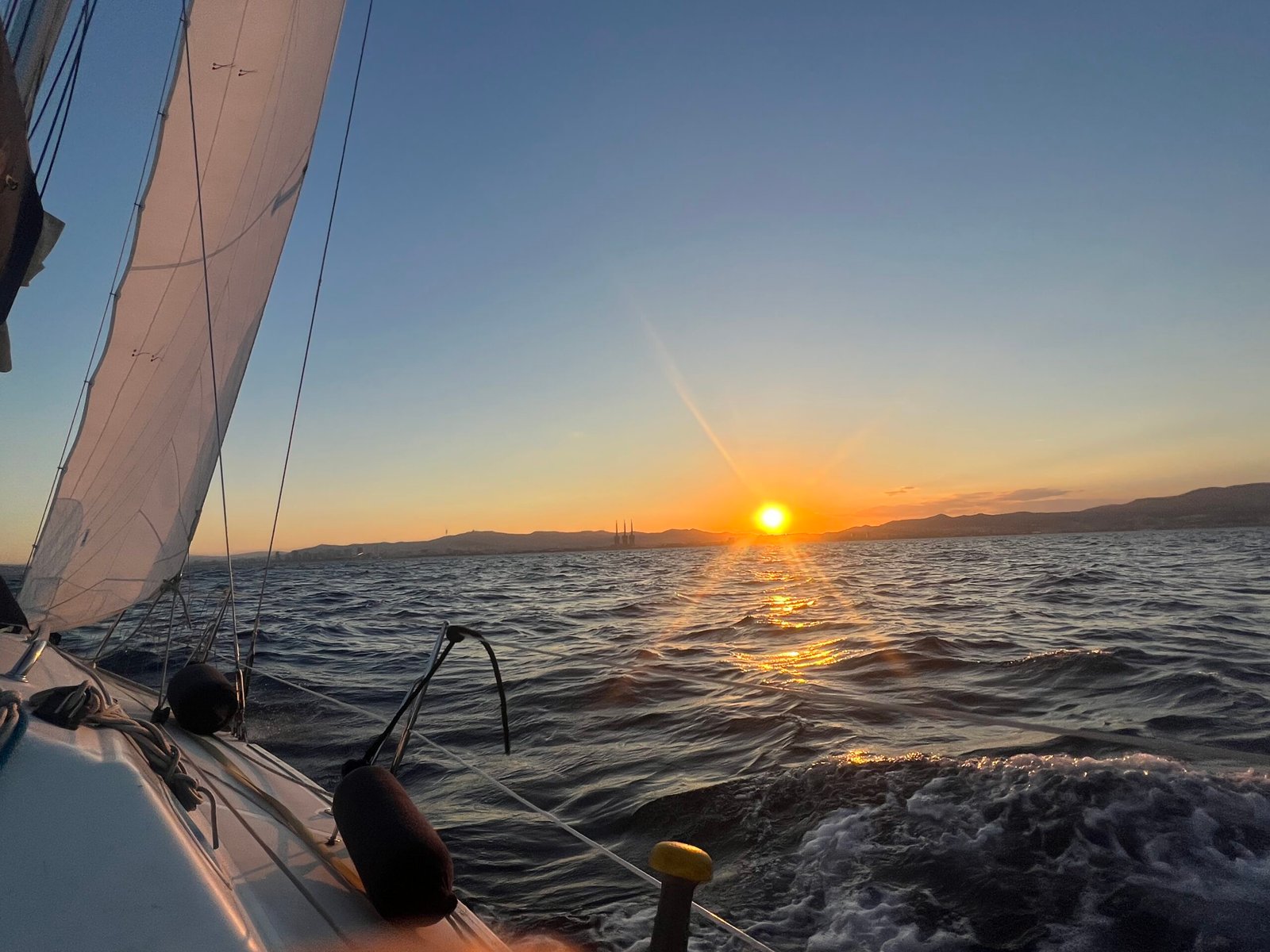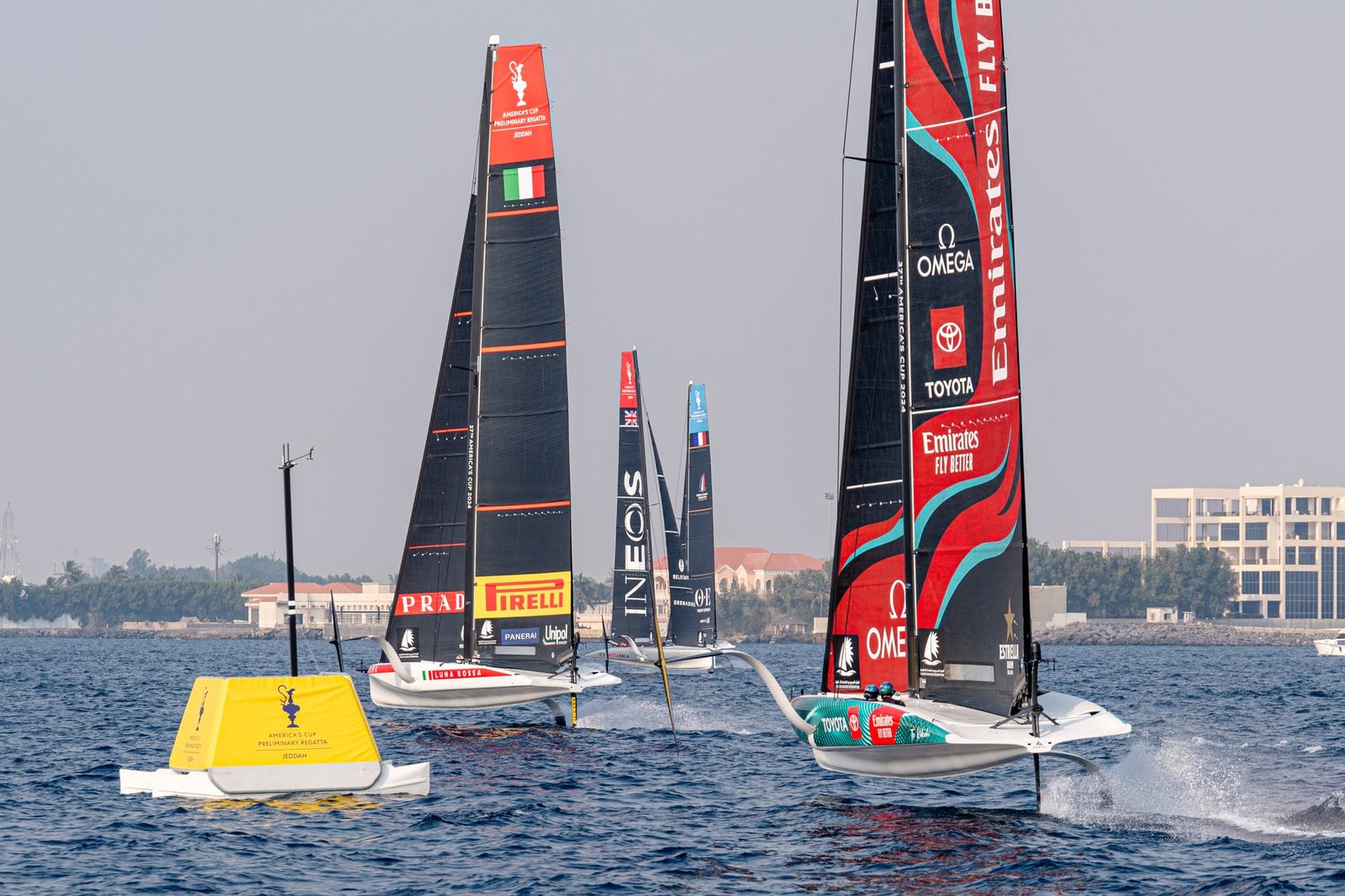
Marine Biodiversity in Barcelona: A Hidden Treasure Beneath the Sea
Marine Biodiversity in Barcelona: When we think of Barcelona, the first things that usually come to mind are its historic streets, modernist architecture, and vibrant cultural life. However, few people know that beneath the Mediterranean waters along the city’s coast lies a fascinating world: its marine biodiversity.
Over the past few years, this underwater richness has attracted growing interest from researchers and ocean enthusiasts alike. Thanks to the combined efforts of scientists, volunteers, and non-profit organizations, much more is now known about the species living beneath the city’s surface.
Marine Life Along Barcelona’s Coast
Recent studies have identified more than 700 marine species in Barcelona’s coastal zone. This includes about 60 species of algae, over 200 species of mollusks, 75 crustaceans, 45 polychaete worms, 40 sponges, and nearly 100 species of fish, among other invertebrates.
These findings place Barcelona among the world’s coastal cities with the most extensive knowledge of their marine organisms. Still, there is much left to uncover: large areas of the coastline, including the Port of Barcelona, the Olympic Port, and the urban beaches, have yet to be systematically studied.
A key factor in this progress has been citizen participation. So-called Citizen Science initiatives have allowed numerous volunteers to collaborate on platforms like MINKA to identify and record species, proving that love for the sea and scientific curiosity can go hand in hand.
Exotic Species: Unexpected Visitors Beneath the Waves
Ports and urban maritime areas, while serving as gateways for international trade, also act as entry points for exotic marine species. Some of these newcomers manage to adapt to local conditions and establish stable populations in the calm waters of the harbors.
A Natural Heritage That Connects the City and the Sea
Barcelona’s marine biodiversity represents not only a biological treasure but also an opportunity to rediscover the bond between the city and the Mediterranean. Learning about the species that live beneath the waves helps us appreciate the natural richness that coexists alongside our beaches by encouraging greater respect for marine ecosystems.
In a global context where many cities are striving to reduce traffic and expand green spaces, Barcelona is taking it one step further. Understanding and protecting its marine environment is also a way to enhance the quality of life for its residents.
Every newly recorded species, every volunteer who joins a sampling effort, and every beach stroll taken with more mindful eyes contribute to the same goal: caring for the sea that gives us so much every day.
Exploring Barcelona’s marine biodiversity means discovering a side of the city that many still overlook. However, beneath the Mediterranean waters, life unfolds in astonishing shapes and colors, reminding us that nature doesn’t end at the edge of the boardwalk.







